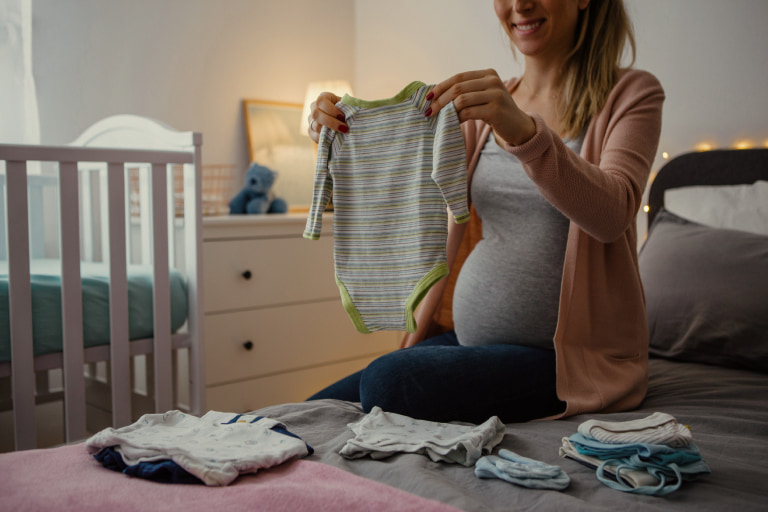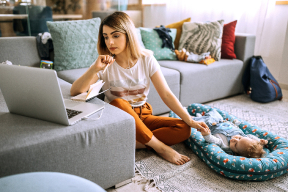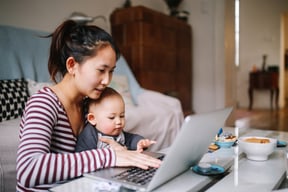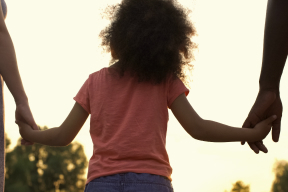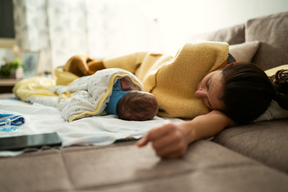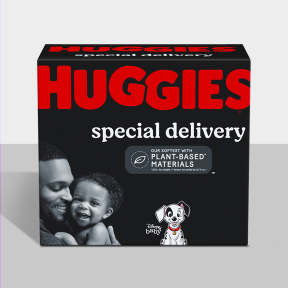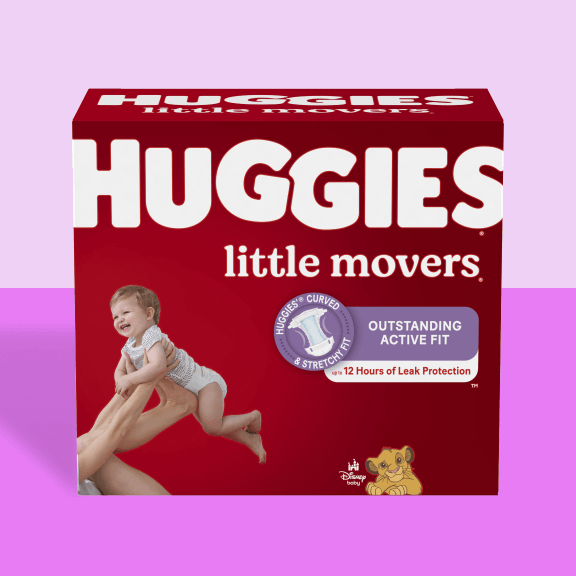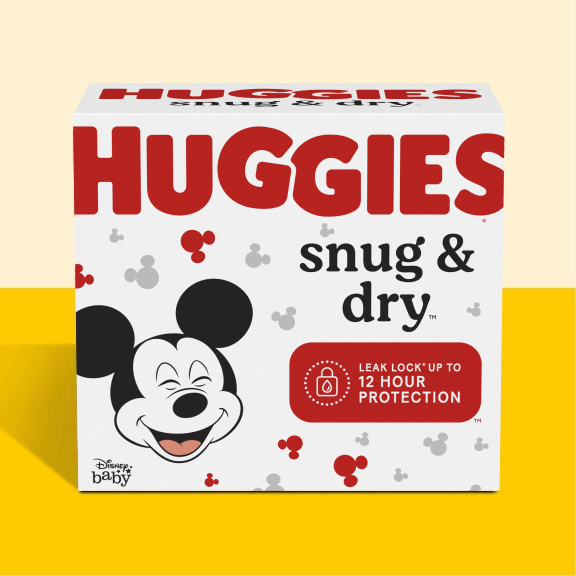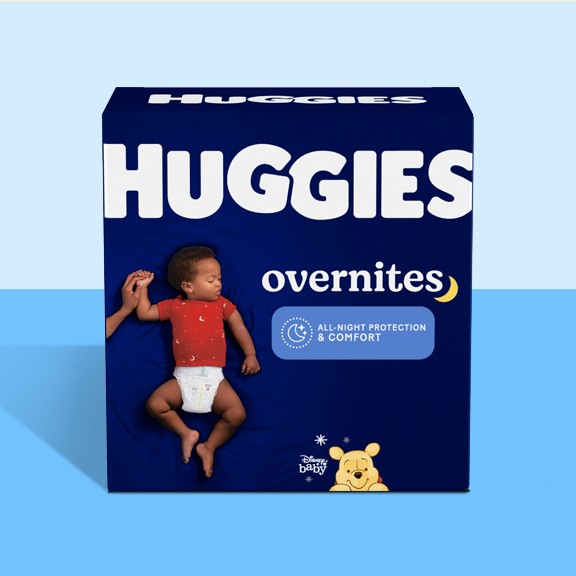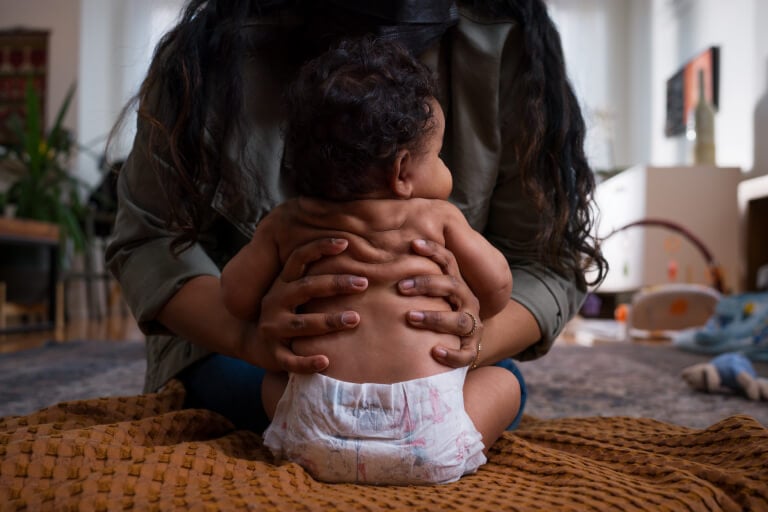Types of baby clothes
Day: For daytime, you’ll need onesies and footie pajamas (also called sleep and plays), as well as any cute outfits you might want your child to wear while out of the house. Babies spit up, so you could be changing outfits up to three or four times in a single day. For comfort at home, make sure you have a few onesies. Long-sleeved is usually best, as babies like to be layered up, even indoors. You can pair onesies with leggings or pants, and you can have a bunch of zip-up or button-up footed pajamas for lounging around the house.
For leaving the house, you’ll want a few cute outfits, such as dresses, shirts and pants, rompers, bubbles or john-johns.
Night: For nighttime, you’ll want footie pajamas. Again, you might be changing your baby a few times in a single night, so prepare by stocking up. If you live in a colder climate, you can look into fleece footie pajamas. Layers are ok but remember that to practice safe sleep, you should not overheat your baby.
Wintertime: During the wintertime, you’ll want to make sure your baby is safe and comfortable. Layers are key, as are warm jackets and outerwear. You’ll want to have at least one good jacket or zip-up down snowsuit for any time spent outside. Stock up on blankets as well as you can always layer them.
Beach and pool: Babies under 6 months should have no direct sun exposure, but that doesn’t mean that you can’t have them dress the part. Infant swimsuits and rash guards are popular. If your baby is over 6 months, you can use a good mineral sunscreen. You’ll need a hat for any kind of sun exposure, and definitely don’t forget Huggies® Little Swimmers®! Many public pools or beaches will not allow you to put your child in the water without a swim diaper.
Baby clothing sizes for the first year
- Newborn, 0-3 months, 3-6 months, 6-9 months, 9-12 months
- Newborn, 0-3 months, 3-6 months, 6-12 months
How many of each kind of new baby clothes you need
Onesies:
Newborn, 10
0-3 months, 5
3-6 months, 5
6-9 months, 5
9-12 months, 5
Footie pajamas or sleep-and-plays:
Newborn, 5
0-3 months, 3
3-6 months, 3
6-9 months, 3
9-12 months, 3
Sweater or jacket:
Newborn, 1
0-3 months,1
3-6 months, 1
6-9 months, 1
9-12 months, 1
Socks:
Newborn, optional
0-3 months, optional
3-6 months, optional
6-9 months, 5 pairs of socks
9-12 months, 5 pairs of socks
Hats:
Optional
Formal outfit:
Newborn, 1
0-3 months,1
3-6 months, 1
6-9 months, 1
9-12 months, 1
Again, it truly depends on how much laundry you like to do. These are just estimates to get your baby’s wardrobe started.
How to care for baby clothes
You need to wash your baby’s clothes before they wear them to thoroughly clean any dirt, impurities or anything else that could irritate your baby’s soft skin. Check the labels for specific directions on how best to clean the garment, so that you can preserve the life of the garment.
Stains:
Any new parent knows that stains happen...and continue to happen, sometimes daily. The best way to get rid of stains is to:
- Pre-soak the clothes in cold water
- Pre-treat the stain
- Wash them on cold
- Don’t dry the clothing until the stain is gone, as the heat can make stains even more stubborn.
How to pack baby clothes
How to fold onesies: Unsnap the buttons and lay the onesie flat. Then roll up the onesie tightly, until the snaps can meet again. For a long sleeve onesie, fold the arms in first.
How to fold footed pajamas, leggings, and other items: One popular method of folding is the KonMari method, where you fold everything towards the midline, then fold it into itself in a neat rectangle, rather than rolling it up tightly. The goal is to get the items to then be able to “stand up” by themselves to pack more into a drawer or a suitcase. Don’t forget to also pack an emergency pair of clothes in your diaper bag, as well as a plastic bag for any blowouts or messes you need to carry home. You can also keep a spare outfit in your car as a backup.
There are a few different types of shoes:[Text Wrapping Break]
Booties: These are for infants who are not yet crawling or walking. They can be knit, felt or canvas, and often have a smooth bottom. These are for fashion or to keep your baby’s feet warm, not for movement.
Pre-Walkers: According to the American Academy of Pediatrics, barefoot is best for your baby when they are learning to crawl, pull to stand, and even standing on their own. But there will be some instances where you want to have shoes for your baby. Look for shoes with grip or tread on the bottom. Also look for flexible shoes that aren’t hard or stiff. The main purpose of these shoes is to protect your baby’s foot from injury and from the elements if playing outside.
Walkers: If your baby is on their way to walking before age one, congratulations, you have your hands full! Walking shoes should be the same as pre-walkers: flexible, with good traction on the bottom.
Hopefully, now that you have more information about the types of baby clothing you might need for a new baby’s first year, you can have fun with it!
